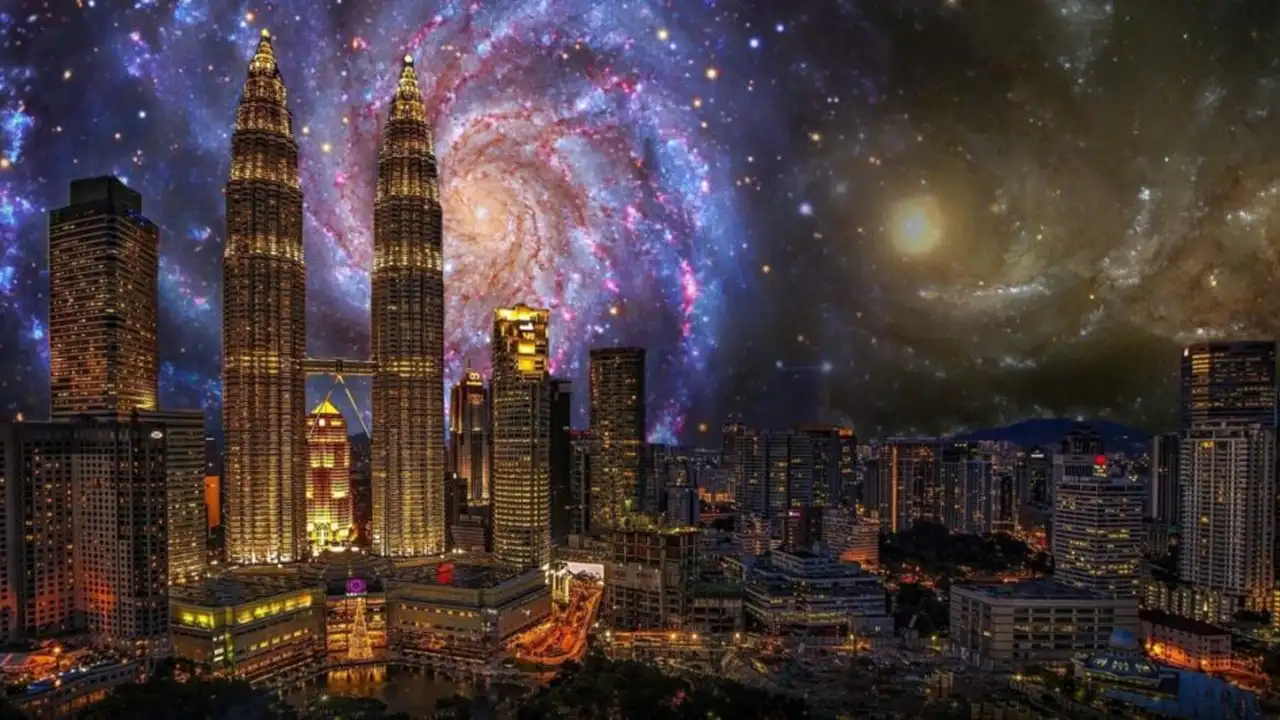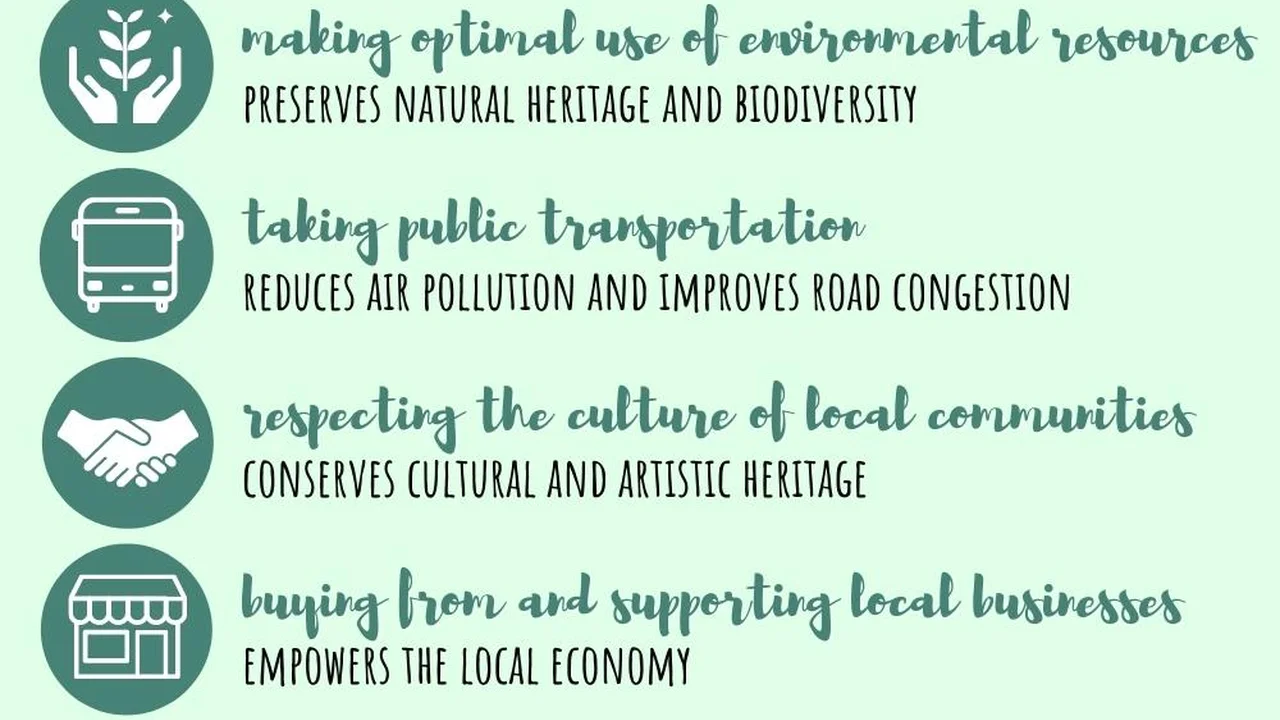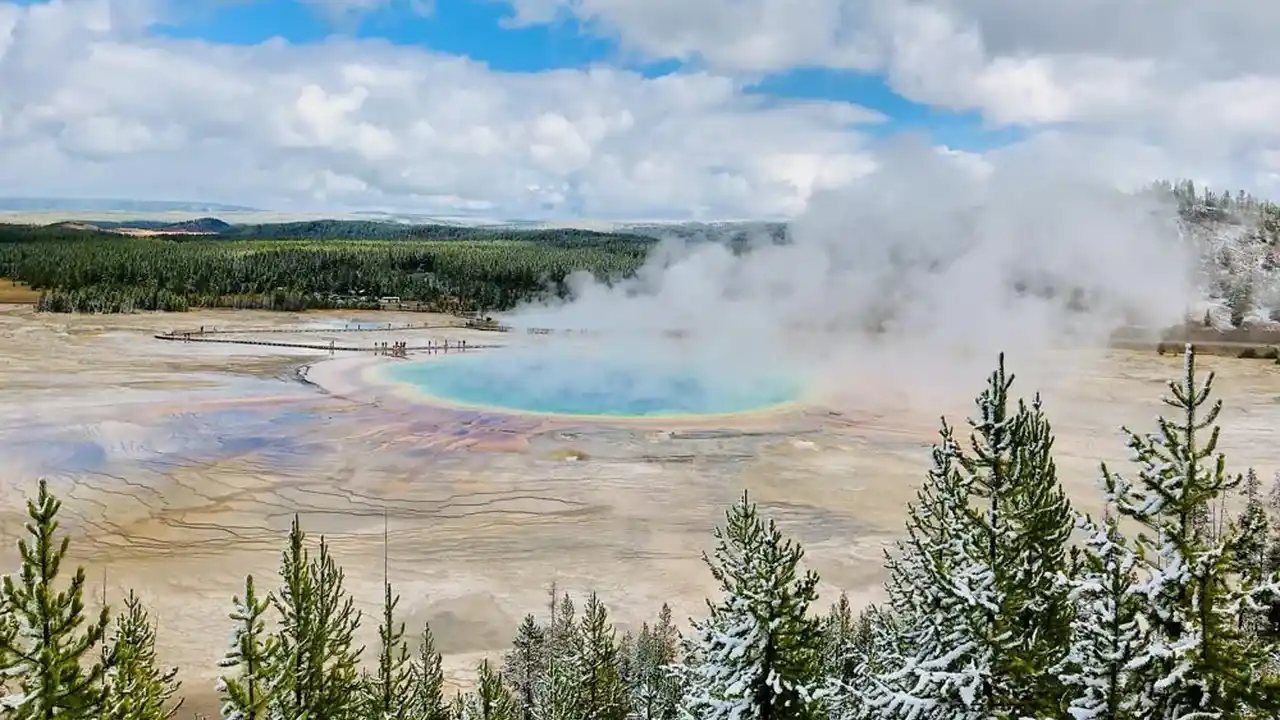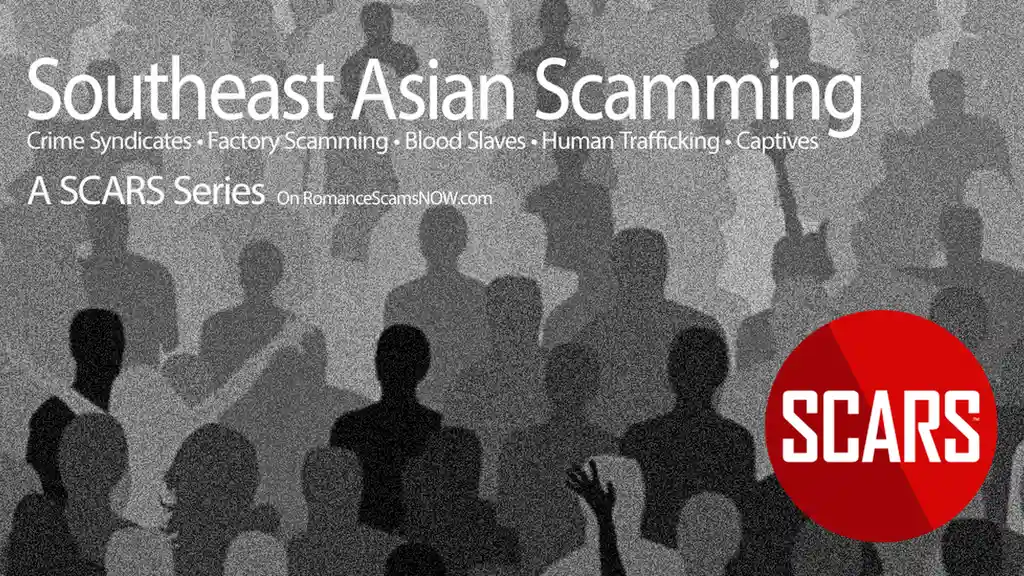Kuala Lumpur City Guide for First-Timers
Explore the vibrant city of Kuala Lumpur with our first-timer's guide. We cover the must-see attractions, cultural experiences, and culinary delights. Experience the best of Malaysia's capital city.

Planning Your Trip to Kuala Lumpur: Essential Travel Information
So, you're planning a trip to Kuala Lumpur? Awesome choice! KL is a melting pot of cultures, a foodie paradise, and a city that seamlessly blends modern skyscrapers with historical landmarks. Before you hop on that plane, let's cover some essential travel info to make your trip smoother than a bowl of cendol.
Visa Requirements: For many nationalities, including US citizens, you can enter Malaysia visa-free for tourism purposes for up to 90 days. Always double-check the latest visa requirements based on your nationality with the Malaysian embassy or consulate in your home country.
Currency: The Malaysian currency is the Ringgit (MYR). Credit cards are widely accepted in larger establishments, but it's always a good idea to have some cash on hand for smaller shops, street food, and transportation. ATMs are readily available throughout the city.
Best Time to Visit: Kuala Lumpur is hot and humid year-round. The driest months are generally from May to July, making them a popular time to visit. However, be prepared for occasional rain showers even during these months. The shoulder seasons (March-April and August-September) can also be a good time to visit, with slightly lower prices and fewer crowds.
Getting Around: KL has a pretty good public transportation system. You can use the LRT (Light Rail Transit), MRT (Mass Rapid Transit), monorail, and buses. Grab (Southeast Asia's version of Uber) is also readily available and affordable. For a truly local experience, try the KTM Komuter, a commuter train that connects KL with its surrounding suburbs. Consider getting a Touch 'n Go card for easy access to public transport.
Must-See Kuala Lumpur Attractions: Iconic Landmarks and Cultural Sites
KL is bursting with incredible attractions. Here are some must-see landmarks and cultural sites that should be on every first-timer's itinerary:
Petronas Twin Towers: Kuala Lumpur's Architectural Marvel
No trip to KL is complete without a visit to the Petronas Twin Towers. These iconic skyscrapers were once the tallest buildings in the world and offer stunning views of the city. Book your tickets in advance online to avoid long queues. You can visit the Skybridge connecting the two towers and the observation deck on the 86th floor. The surrounding KLCC Park is also a great place for a stroll.
Batu Caves: A Hindu Shrine in a Limestone Hill
Batu Caves is a Hindu shrine located in a limestone hill just north of KL. The main attraction is the steep flight of 272 steps leading to the Temple Cave. Be prepared for a climb, but the views and the vibrant Hindu shrines at the top are well worth the effort. Watch out for the monkeys – they're cute but can be mischievous! Dress respectfully (cover your shoulders and knees) or rent a sarong at the entrance.
Merdeka Square: Kuala Lumpur's Independence Square
Merdeka Square (Independence Square) is where Malaysia declared its independence in 1957. It's a historical landmark surrounded by colonial-era buildings, including the Sultan Abdul Samad Building and the Royal Selangor Club. Take a stroll around the square and soak in the history.
KL Tower: Kuala Lumpur's Panoramic Views
For another fantastic view of the city, head to KL Tower. It's slightly shorter than the Petronas Twin Towers, but it offers 360-degree panoramic views. You can choose to visit the observation deck or the revolving restaurant for a meal with a view.
Islamic Arts Museum Malaysia: Kuala Lumpur's Rich Culture
Immerse yourself in Islamic art and culture at the Islamic Arts Museum Malaysia. The museum houses a vast collection of artifacts from the Islamic world, including textiles, ceramics, jewelry, and calligraphy. It's a great place to learn about the history and culture of Islam.
Kuala Lumpur Cultural Experiences: Exploring Local Traditions
KL is a city with a rich tapestry of cultures. Here are some ways to experience the local traditions:
Chinatown: Kuala Lumpur's Bustling Market
Explore the vibrant streets of Chinatown, a bustling market filled with shops selling everything from souvenirs to street food. Bargain for the best prices and sample local delicacies like Hokkien Mee and Chee Cheong Fun.
Little India: Kuala Lumpur's South Indian Enclave
Immerse yourself in the sights, sounds, and smells of Little India, a South Indian enclave filled with shops selling spices, textiles, and jewelry. Sample delicious South Indian cuisine, such as dosas and idlis.
Central Market: Kuala Lumpur's Arts and Crafts Hub
Visit Central Market, a historical building that has been transformed into an arts and crafts hub. Browse through the stalls selling local handicrafts, paintings, and souvenirs.
Attend a Cultural Performance: Kuala Lumpur's Traditional Arts
Catch a cultural performance showcasing traditional Malaysian dance, music, or theater. The Malaysia Tourism Centre (MaTiC) often hosts cultural performances.
Visit a Local Temple or Mosque: Kuala Lumpur's Religious Harmony
Visit a local temple or mosque to learn about the different religions practiced in Malaysia. Remember to dress respectfully and remove your shoes before entering.
Kuala Lumpur Culinary Delights: A Foodie's Paradise
KL is a foodie's paradise, offering a wide range of culinary delights. Here are some must-try dishes:
Nasi Lemak: Malaysia's National Dish
Nasi Lemak is considered Malaysia's national dish. It consists of fragrant rice cooked in coconut milk and pandan leaf, served with fried chicken, sambal, peanuts, and anchovies. You can find Nasi Lemak everywhere, from street stalls to restaurants.
Hokkien Mee: Kuala Lumpur's Fried Noodles
Hokkien Mee is a popular noodle dish in KL, consisting of thick yellow noodles fried with prawns, pork, squid, and vegetables in a dark soy sauce-based gravy.
Satay: Malaysia's Grilled Skewers
Satay is a popular street food in Malaysia, consisting of grilled skewers of marinated meat (usually chicken or beef) served with peanut sauce, rice cakes, and cucumbers.
Roti Canai: Malaysia's Flatbread
Roti Canai is a type of flatbread that is popular in Malaysia. It's usually served with dhal or curry.
Cendol: Malaysia's Sweet Dessert
Cendol is a sweet dessert consisting of shaved ice, coconut milk, green rice flour jelly, and palm sugar.
Recommended Products and Scenarios for Kuala Lumpur Travel:
To make your trip to Kuala Lumpur even more enjoyable, here are some recommended products and scenarios:
Anti-Theft Backpack: Protecting Your Belongings in Kuala Lumpur
Product: Pacsafe Metrosafe LS150 Anti-Theft Sling Backpack
Scenario: Navigating crowded markets like Chinatown or Little India. Pickpockets can be a concern in touristy areas. An anti-theft backpack with features like slash-proof materials, locking zippers, and RFID blocking pockets can help protect your valuables.
Comparison: Compared to a regular backpack, the Pacsafe offers significantly better security. While a regular backpack might cost around $30-$50, the Pacsafe Metrosafe LS150 is priced around $100-$120. The added security features are worth the investment for peace of mind.
Price: $100 - $120
Portable Power Bank: Staying Connected in Kuala Lumpur
Product: Anker PowerCore 10000 Portable Charger
Scenario: Spending the day exploring attractions and relying on your phone for navigation, photography, and communication. A portable power bank ensures you don't run out of battery.
Comparison: There are many power banks available, but the Anker PowerCore 10000 is known for its reliability and compact size. Cheaper power banks might have lower capacity or unreliable charging. The Anker costs around $25-$35, while cheaper alternatives might be $15-$20. The Anker offers better quality and a longer lifespan.
Price: $25 - $35
Universal Travel Adapter: Kuala Lumpur's Power Outlets
Product: EPICKA Universal Travel Adapter
Scenario: Charging your electronic devices in Malaysia. Malaysia uses Type G power outlets (British standard). A universal travel adapter allows you to plug in your devices from different countries.
Comparison: A basic adapter might only work for one type of outlet. A universal adapter like the EPICKA covers multiple outlet types and often includes USB charging ports. A basic adapter might cost $5-$10, while the EPICKA costs around $20-$30. The universal adapter offers more versatility.
Price: $20 - $30
Lightweight Rain Jacket: Kuala Lumpur's Tropical Weather
Product: Columbia Watertight II Rain Jacket
Scenario: Experiencing sudden rain showers in Kuala Lumpur's tropical climate. A lightweight rain jacket keeps you dry and comfortable.
Comparison: Cheaper rain jackets might not be as waterproof or breathable. The Columbia Watertight II is known for its waterproof and breathable material. A cheap rain jacket might cost $20-$30, while the Columbia costs around $60-$80. The Columbia offers better protection and comfort.
Price: $60 - $80
Comfortable Walking Shoes: Exploring Kuala Lumpur on Foot
Product: Skechers Go Walk 5
Scenario: Walking around the city, visiting attractions, and exploring markets. Comfortable walking shoes are essential to avoid sore feet.
Comparison: Regular sneakers might not provide enough support for long walks. Skechers Go Walk 5 are designed for comfort and support. Cheaper sneakers might cost $30-$40, while the Skechers cost around $50-$70. The Skechers offer better comfort and support for extended walking.
Price: $50 - $70
:max_bytes(150000):strip_icc()/277019-baked-pork-chops-with-cream-of-mushroom-soup-DDMFS-beauty-4x3-BG-7505-5762b731cf30447d9cbbbbbf387beafa.jpg)





